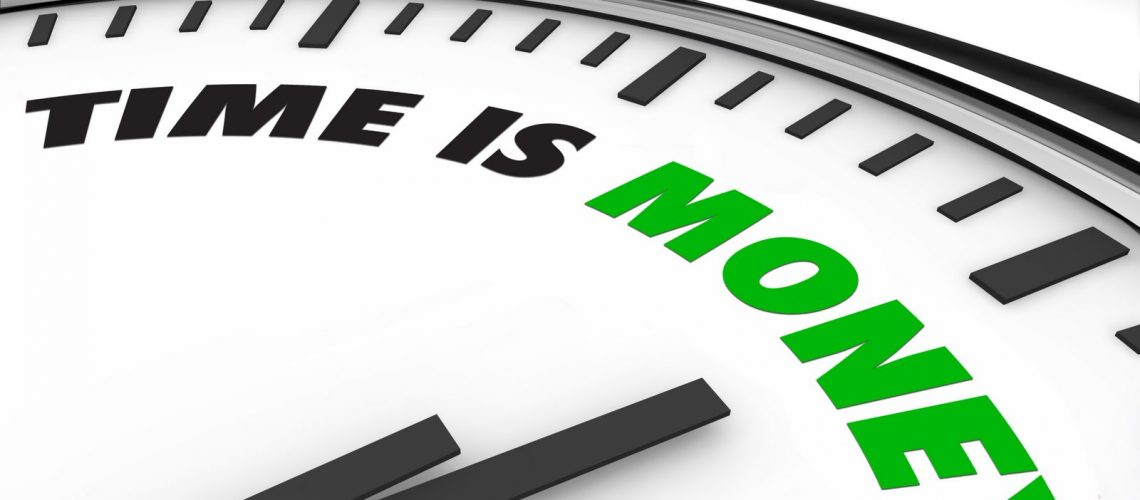Today’s decision makers spend an average 70 percent of their time in meetings. However, a study by the University of Adelaide showed more than half this time is wasted, and only one third of meetings were, at best, “fairly” productive.
Other research suggests that 91 percent of us have admitted to daydreaming during a meeting, 96 percent of us missed the odd meeting and a surprising 39 percent have actually fallen asleep!
If it feels like it’s impossible to get on top of things and you’re always playing catch up, unproductive meetings are probably to blame. Apart from worrying the Productivity Commission and being a massive waste of time and money, think about the negative effects on your work-life balance. You could be spending more time at the gym, at home with the kids, or even sitting in the sun reading a book.
Remember there are eight essential principles for running productive meetings:
Purpose – Prepare – Leader – Agenda – Minutes – Participate – Manners – Difficult Situations
1. Purpose – why have a meeting at all?
In our experience around 25% of meetings are actually unnecessary.
Before convening a meeting, ask yourself honestly if it is really necessary.
In principle it is probably a “yes” if you are discussing – opinions, issues, recommendations, policy, opportunities and/or problems.
In principle it is probably a “no” if – you are simple disseminating information, it is regularly scheduled regardless of specific need and/or you could resolve the issues by some other means.
On the other hand, we’re often invited to meetings when there is no real benefit.
Before attending a meeting, ask yourself honestly if you have got something to contribute or if there is something you can get out of it. We believe that ultimately everyone has the right to question if they should be there.
2. Preparation is paramount
Your ability to achieve objectives is largely dependent on effective preparation.
In summary, you should:
- only invite those who are essential and can either contribute or will gain something from attending
- give plenty of notice and as much background information as possible
- “pre-wire” invitees beforehand to promote smooth and efficient discussion
Some useful Black Isle skills here would be our suggestion to “make the room your own”, stick to one key message, remember both the left hand side and the right side of the kipper, and be ready for the unexpected (especially the chair).
3. Be an effective meeting Leader
I think the single biggest missing ingredient in most organisations is an inability to lead good meetings. They simply don’t teach you how to do this effectively on an MBA, yet while there is a shortage of good meeting leaders, anyone can do it.
Here is an interesting idea – the meeting convener should not always be the meeting leader. In fact more often than not they are one and same, which can be amazingly ineffective and unproductive. Think about rotating the meeting leader role around the team.
My advice is to never lead the meetings you convene, otherwise they just deteriorate into a rubber stamping exercise for your ideas and can put the rest of the team offside. If rubber stamping is your objective, there is a better way – see Agendas below.
As a good meeting leader you will:
- start by clearly articulating objectives, the agenda and ground rules
- promote a positive atmosphere
- act as a catalyst for discussion – do not dominate it
- minimise your input and maximise the input of others
- maintain control, good meeting manners, time and the agenda
- at the conclusion, summarise the discussion, ensure proper minutes are taken and follow up on action points
Use the Black Isle question asking and handling skills – along with some of those active listening skills.
4. Always have a correctly written Agenda
Surveys suggest less than 40% of meetings have written agendas. It might seem a bit old fashioned but there are a number of benefits to having a written agenda circulated in good time beforehand.
A good agenda will allow attendees to prepare, allows communication to be better focused, shows what will be discussed and what will not be discussed, specifies and clarifies objectives and ensures nothing is missed.
The agenda is an amazingly powerful tool in the hands of the person who controls it. Convening the meeting and writing the agenda will give you more power and control than being the meeting leader – take a step back and think about it.
A good meeting agenda will:
- be written and distributed well before the meeting
- clearly state the meeting objective at the top
- schedule the most important items for discussion first
We ran a series of workshops on this for a large multinational in consumer electronics. One of their protocols was the condition that if a written agenda was not received 48 hours prior to the meeting, you were excused from attending.
5. Those who control the Minutes – control history
There are many good reasons for having minutes. Primarily, they are a review of past activities and a factual record for governance purposes. Minutes are also a good measure not only of group productivity but also of individual participation and therefore demonstrate leadership potential. They summarise the meeting, and of course identify specific outcomes, actions and responsibilities.
Minutes should be:
- brief but thorough – most importantly they should be action-oriented
- contain times, dates, attendees, apologies, the venue and details of the next meeting
- a brief but thorough record of the key decisions, actions agreed, names and responsibilities
Do not over-commit. Remember there are no items that are a must do, that you don’t commit to.
6. Be an active meeting Participant
Here is where your Black Isle delivery skills will come to the fore.
Pause often to allow participants time to think and digest. Use your shared and focused eye contact. Speak with energy and enthusiasm and use natural body language. All the PEEP skills allow you to stand out and deliver your message with impact and clarity.
Effective meeting participants:
- utilise active listening skills
- have prepared well
- contribute fully by presenting thoughts, recommendations and positions
- are positive with their remarks and expressions
- take a position (key message), emphasise and communicate it effectively
- discuss – don’t argue (I think we all know the difference)
- have ‘presence’
Make sure you turn up on time. Turning up late is the ultimate arrogance, it says your time is more important than theirs.
Sometimes this in unavoidable with most electronic calendars making back to back meetings end and start on the hour by default. A large corporate we worked with had their protocol include a condition that all meetings end at 10 minutes to the hour to avoid this from happening.
7. Control and observe good meeting Manners
It is the role of the meeting leader to ensure good meeting manners are being observed. This will create a positive environment, conducive to a constructive atmosphere.
If participants are being rude and others are being made to feel uncomfortable, the meeting is likely to be less creative, ineffective and unproductive.
Some suggestions:
- all people should be regarded as equal contributors (difficult one I know – but give it a go)
- there should be no side discussions – only one discussion going on at the table
- always observe courtesy – avoid personal, snide comments – don’t interrupt
- no intimidation – don’t just use power to get what you want – influence instead
- start and finish on time
8. Handle difficult meeting Situations well
As a meeting leader or a participant, often difficult situations can present themselves which make the whole thing less productive than it should be.
Have a think about these:
- What should you do if people arrive late?
- What should you do as meeting leader if one person is dominating the discussion?
- Someone is in the middle of making a point and another person interrupts?
- Two participants are quibbling over a point and time is slipping away?
- Two people are having a lengthy side discussion and it is becoming distracting?
- Two people are expressing strongly opposing views and it is becoming more heated?
Answers: send us an message and we’ll give you three ideas for each for these situations.




